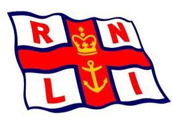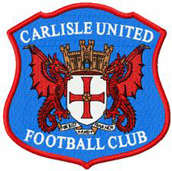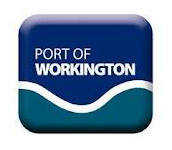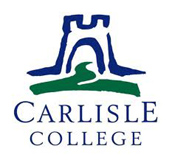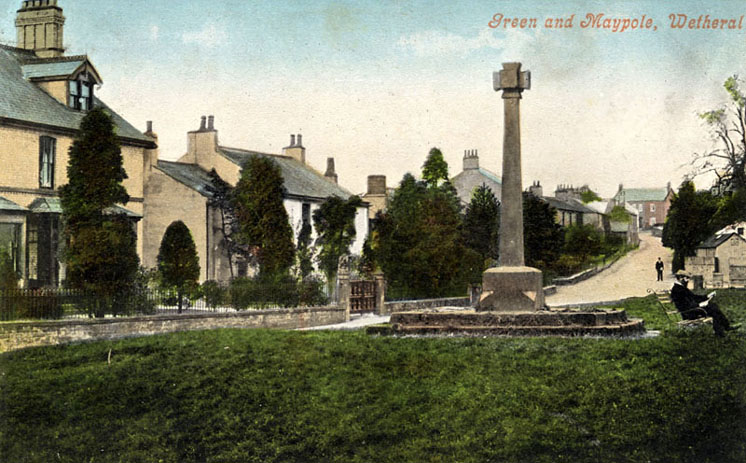- Home
- Scarrows
- Mariners
- Cumberland
- Miscellaneous
Wetheral
Description of the Parish
The parish of Wetheral stretches along both sides of the Eden, through the most picturesque part of the vale, a distance of about six miles, and has a breadth of from one and a half to three and a half miles. It is bounded on the east by the parishes of Hayton and Cumwhitton, on the west by St. Cuthbert's and St. Mary's, Carlisle, on the north by Warwick, and on the south by Wreay and Hesket. The parish is divided into four townships : Great Corby and Warwick Bridge, Cumwhinton and Cotehill, Scotby, and Wetheral. The soil is in general fertile and well cultivated. In Scotby and Wetheral, the soil is a mixture of clay and sand and is well adapted for cereal crops; in Cotehill a strong loamy soil prevails; Cumwhinton is more sandy, and of a warmer nature; and in Great Corby and Warwick Bridge township, the soil is a mixture of sand and loam, except part of the enclosed common which is cold and wet.
Wetheral Priory
A little to the south of the village stands a solitary tower - all that now remains of Wetheral Priory. The walls of the priory were demolished in order to obtain materials to build a prebendal house in Carlisle. The priory was founded in 1088 by Ranulph de Mesehines, for eight Benedictine Monks, and was dedicated to the Holy Trinity, St. Mary, and St. Constantine. Being an inferior house, under the Abbey of St. Mary, York, it was probably not possessed of very elaborate ornamentation. Its generous founder also gave to the Monks of St. Mary the manor of Wetheral, the churches of Wetheral and Warwick, the mill, fishery, wood, and two bovates of land in Corby, together with the churches of St. Lawrence and St. Michael in Appleby. This grant was confirmed by Henry I who gave to it pannage for swine without paying the usual forest dues for the same. Soon after its foundation, the priory was richly endowed by numerous benefactors, and it further received many privileges and immunities from Richard I.
Church History
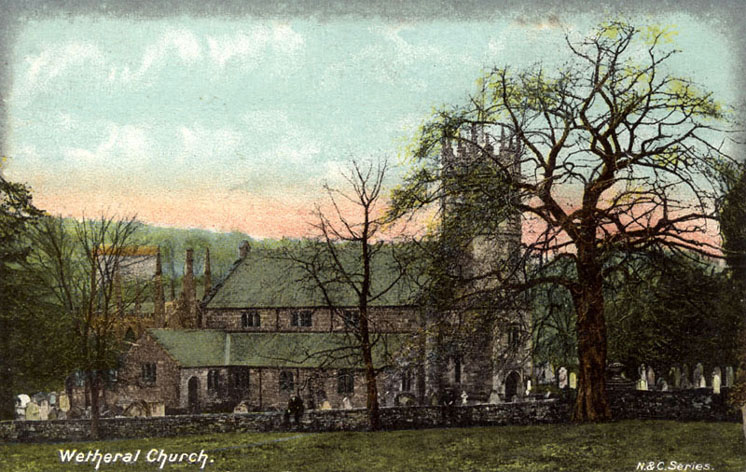
A description from around 1900:
The church, dedicated to the Holy Trinity, is a neat Gothic edifice, recently restored at a cost of about £2,000. Attached to the church is the Howard Chapel or Mausoleum, a handsome structure erected in 1791 by Henry Howard, Esq., of Corby, on the foundations of his family place of sepulcure. Here are interred the remains of Sir Francis, second son of Lord William Howard, of Naworth, and all his successors down to the late P. H. Howard, Esq. In style, the chapel is in perfect architectural harmony with the restored church. It possesses a remarkably fine groined and vaulted roof springing from slender clustered columns, and a four-light window richly emblazoned. There are several beautiful and elaborate monuments to various members of the Howard family, among which we may mention as worthy of special notice, a tribute to the memory of the Hon. Maria, daughter of Andrew, the last Baron Archer, and first wife of Henry Howard, Esq. She is represented bearing in her arms the infant to which she has just given birth, and religion, in angel form, appears supporting the expiring mother. This exquisite group was from the studio of Nollekens, and is said to be "one of the finest pieces of sculpture executed in modern times." Speaking of this monument a writer says "Mrs. Howard died when she became a mother, and the affecting incident is transferred by the magic chisel to the pure marble." There is the exquisite drapery and the mother and the new-born infant on her lap, looking upward from her couch of pain to the benignant figure of religion which is bending over them. "Tis surely the sweetest group that genius ever created." Another monument is to the memory of the Hon. Adeliza Maria (wife of the Hon. Henry Petre and sister to Mr. Howard), who died in 1833. It is a cast by Westmacott, and represents the lady kneeling on a cushion in the attitude of prayer. A beautiful monumental brass, erected in 1856, records the memor of Henry Howard, Esq., the founder of the mausoleum.
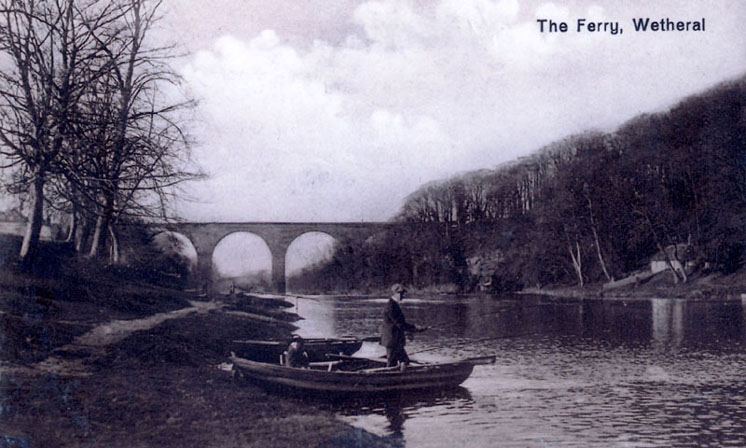
There is also a Wesleyan chapel in the village, erected in 1873, at a cost of £450, towards which the late John Nicholson contributed £100 and the site. The School, which possesses a small endowment, left in 1760, by Thomas Graham, was re-built a few years ago, and has since been transferred to the School Board, by whom it has been greatly improved.
Scotby
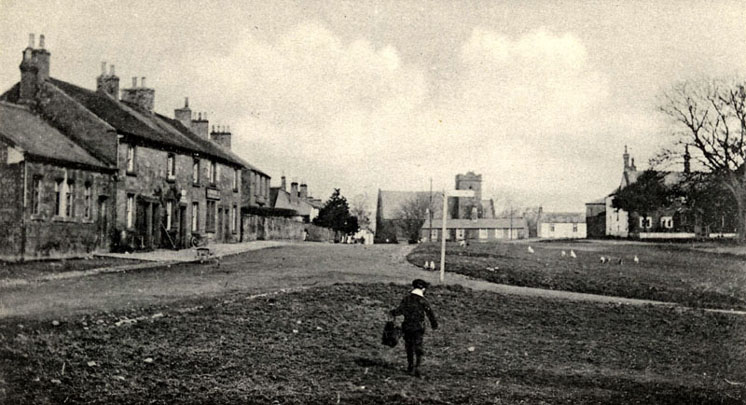
Scotby circa 1900
 A township within the parish of Wetheral, from where the Carlisle Scarrows originated.
A township within the parish of Wetheral, from where the Carlisle Scarrows originated.

